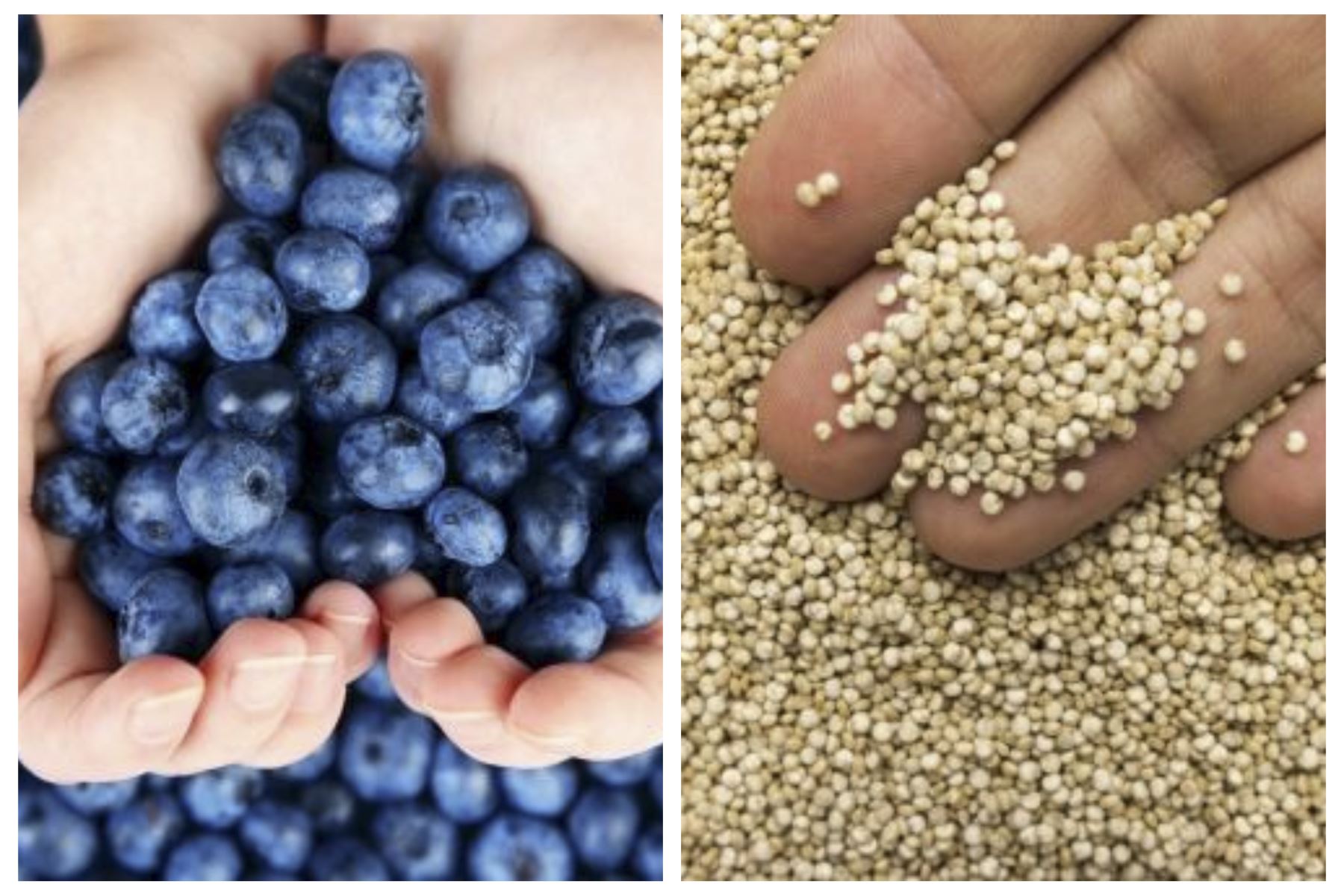
LIMA, April 28 (NNN-ANDINA) — Peru is the top exporter of blueberries and quinoa grains in the world, the second-largest exporter of fresh avocados, Amazon chestnut and ginger, as well as the third exporter of canned hearts of palm.
In order to continue on this same path, it is necessary to address the challenges of the sector, which are part of the work agenda of the Peruvian Exporters Association (Adex) and other key institutions, said the guild’s Chairman Julio Perez.
During his participation at the 22nd Agro-Exporter Lunch, which was attended by Foreign Trade and Tourism Minister Elizabeth Galdo, as well as Agrarian Development and Irrigation Minister Angel Manero, Perez emphasized that this sector generates economic and social development.
“According to figures reported by Adex’s Global Business and Economy Research Center (Cien-Adex), agro-exports (traditional and non-traditional) represent 3.8% of Gross Domestic Product (GDP). In 2023, they reached US$10.202 billion, registering a variation of 4.2% compared to 2022,” Perez commented.
“Despite a complicated situation marked by social unrest in early 2023, Cyclone Yaku, El Niño Phenomenon, and other factors,” he continued, “they (agro-exports) reached a record high thanks to the increase in fruit and cacao sales. The supply of 644 products from 2,730 exporters reached 140 markets.”
Perez noted that research is pending; weather events are becoming increasingly strong and frequent, bringing with them pests and diseases, overtaking the capacity and speed of adaptation of domesticated and wild species.
“This should lead us to look for more resistant crops, without affecting biodiversity,” he suggested.
Another pending issue is the expansion of the country’s agricultural frontier and access to water resources.
In this regard, the Adex chairman stressed the decision to resume the Chavimochic Irrigation Project’s third phase, which was stalled for more than 8 years and will be resumed after the signing of the contract between the Governments of Peru and Canada.
A key aspect is the strengthening of the National Agricultural Health Service (Senasa), which manages the access of Peruvian products to other markets.
Perez hoped that the access of table grapes to Chile, pomegranates and frozen fruits (mangoes, avocados, and blueberries) to China, aguaymanto to the United States, hydrangeas to Brazil, as well as citrus fruits to New Zealand and Vietnam, will be approved this year. — NNN-ANDINA






